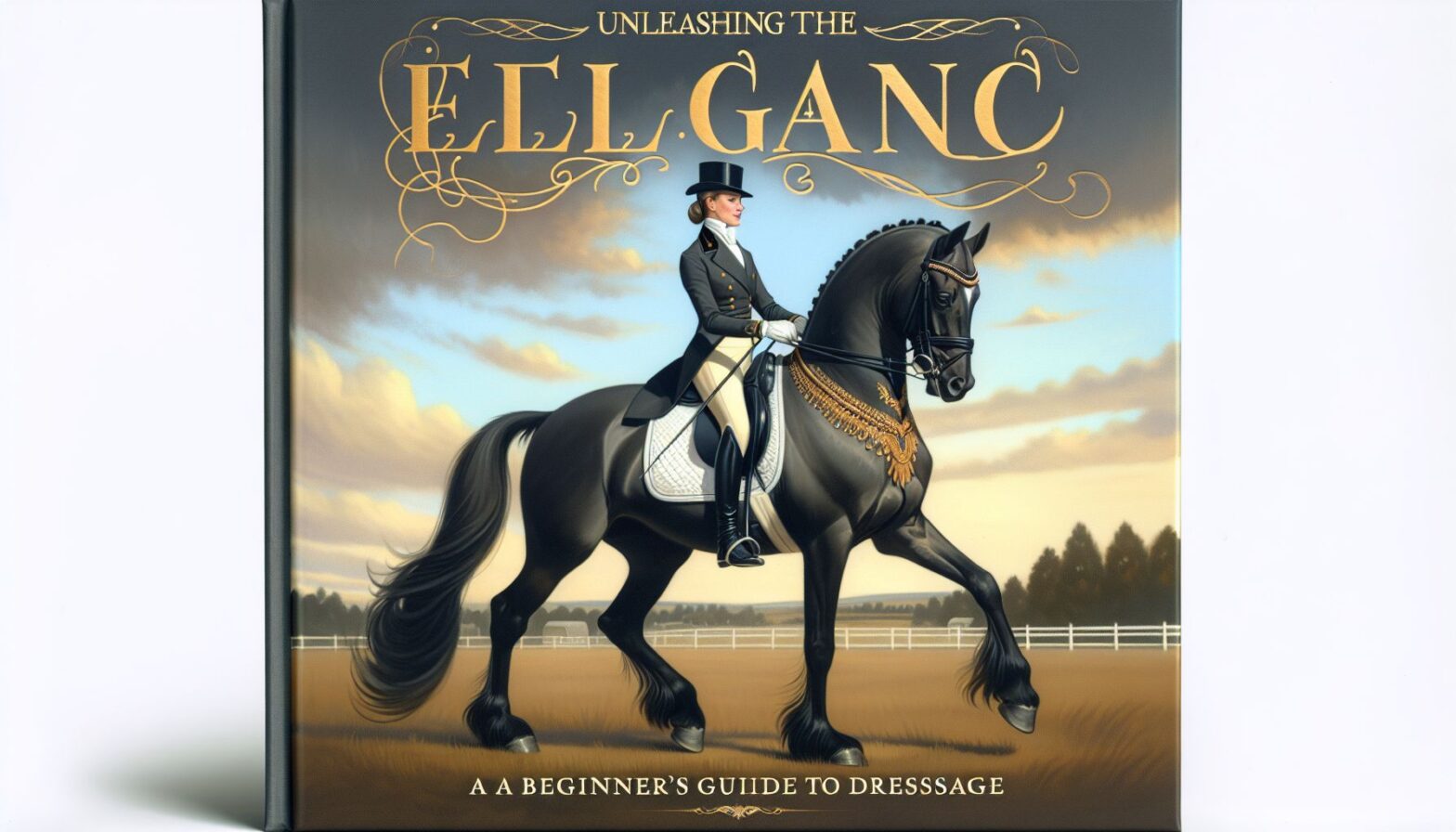Welcome, fellow horse lovers! If you’re someone who has always been fascinated by the grace and beauty of horses, then you’ve come to the right place. Today, we’re going to delve into the world of dressage – a discipline that epitomizes elegance, precision, and harmony between horse and rider.
What is Dressage?
Dressage, pronounced as “dreh-SAHZH,” is a French term that means “training.” At its core, dressage is a form of equestrian sport where horse and rider perform a series of predetermined movements and patterns in harmony. The ultimate goal of dressage is to showcase the horse’s athleticism, obedience, and willingness to perform.
The Basics of Dressage
One of the key elements of dressage is the emphasis on the horse’s natural movement and balance. Riders must work on developing a strong bond with their horses, communicating through subtle aids and cues. The movements in dressage are broken down into various levels, from basic exercises such as circles and transitions to more advanced maneuvers like piaffe and passage.
Training and Equipment
Proper training and equipment are essential for both horse and rider to excel in dressage. Riders must focus on developing a correct position, strong core muscles, and soft yet effective aids. As for the horse, a well-fitted saddle, bridle, and appropriate training aids can make a world of difference in their performance.
The Dressage Arena
Dressage tests are typically performed in a rectangular arena with specific dimensions. The arena is divided into letters around the perimeter, which serve as markers for the rider to navigate through the test. Each movement in the test is performed at a specific letter, requiring precision and accuracy from both horse and rider.
Scoring and Judging
Dressage tests are scored based on a set of criteria, including obedience, accuracy, impulsion, and submission. Judges evaluate the horse and rider on their performance of each movement, as well as the overall harmony and quality of the performance. Scores are given on a scale from 0-10, with the goal being a high score of 10 for each movement.
Benefits of Dressage
Dressage offers a myriad of benefits for both horse and rider. For riders, it improves balance, coordination, and focus, while also fostering a deeper connection with their horse. For horses, dressage helps develop strength, flexibility, and obedience, leading to a happier and healthier equine partner.
Getting Started in Dressage
If you’re interested in trying out dressage, the best way to start is by finding a qualified instructor who can guide you through the basics. Lessons are essential for learning proper technique, developing your skills, and understanding the nuances of dressage. It’s also important to have a well-trained horse that is suitable for dressage, as they will be your partner on this journey.
Conclusion
In conclusion, dressage is a beautiful and rewarding discipline that celebrates the partnership between horse and rider. Whether you’re a beginner or an experienced rider, there is always something new to learn and discover in the world of dressage. So saddle up, embrace the elegance, and enjoy the journey of mastering this timeless sport. Happy riding!
